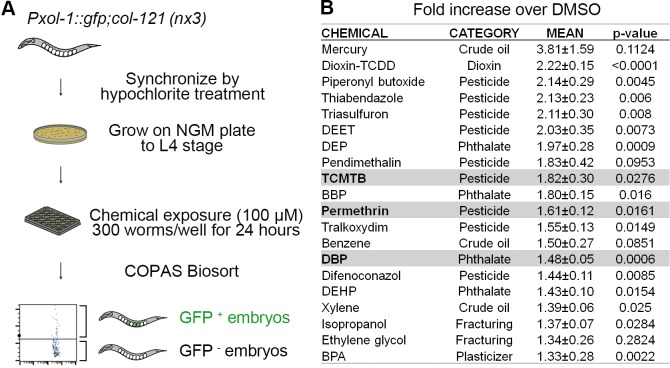Fig 1. Flowchart for high-throughput screening strategy and readout.
(A) Worms carrying a collagen gene mutation (col-121(nx3)) for increased cuticle permeability and a male-specific promoter driving GFP expression in embryos (Pxol-1::gfp), were synchronized by hypochlorite treatment. Age-matched L1 stage animals were grown on plates (6,000 per 100 mm plate) until reaching the L4 stage. L4 stage animals were dispensed into 24-well plates (300 worms/well) with each well containing OP50 E. coli (OD600 = 24) in M9 buffer and a single chemical from our library (≤100 μM each) followed by a 24-hour incubation at 20°C. After thoroughly washed in M9, young adult animals were sorted based on fluorescence intensity with the COPAS Biosort. Adult worms with GFP+ embryos are detected as distinct from worms carrying GFP- embryos and debris, which are below the threshold (black horizontal line). Threshold was determined by comparing levels of GFP+ embryos detected in two genetic mutants, Pxol-1::gfp and Pxol-1::gfp;him-8. More than 5,000 animals were assessed in biological triplicates for each chemical exposure. (B) Readouts obtained with the COPAS Biosort for the chemicals that showed higher fold increase in GFP+ embryos compared to DMSO than BPA, a known endocrine disruptor (mean ± SEM; p-values calculated by the paired two-tailed t-test, 95% C.I.). The three chemicals highlighted in gray, TCTMB, permethrin, and DBP, were assessed further for their effects on germline functions.

